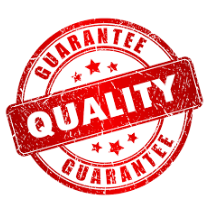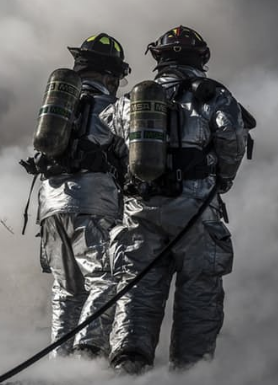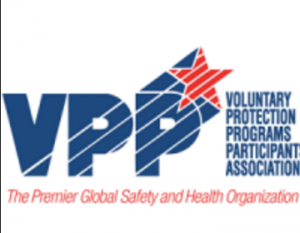Custom Protect Ear is proud to announce that wireless Bluetooth Connectivity is now available with dB Blockers™. Custom Protect Ear now integrates its’ flagship product, dB Blocker™ custom earpieces, with 2 Jabra Bluetooth products providing users a better communication experience while staying protected in noise. Introducing the Jabra Halo Bluetooth and the Jabra Mini Bluetooth.
HALO: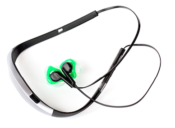
The Jabra Halo Bluetooth is a light-weight headset which easily attaches to the dB Blocker™ custom comfort earpieces. The Halo is compatible with Bluetooth enabled phones and radios and can pair with up to 8 devices. The Jabra headset coupled with a dB Blocker™ filtered earpiece will enhance voice reception while keeping the wearer protected in loud environments.
The Jabra Halo Bluetooth and dB Blocker™ earpieces are designed for maximum comfort and convenience, wireless connectivity and protection from damaging noise exposure.
Jabra Halo Headset features:
- Remains connected to two devices at the same time
- Rain and water resistant
- Wind-protected, noise cancelling microphone
- Operates in temperatures of -10°C to 55°C / 15°F to 140°F
- Call vibration alert, voice button, answer call, end call, reject call
- voice dialing & last number redial capability, volume control,
- voice guidance
- dB Blocker™ Convertible Vented Earpieces are
compatible with the Jabra Halo Smart headset
- Battery Life
2 hour Charge Time: 17 hour Talk Time: 22 day Standby
MINI:
The Jabra Mini Bluetooth is a light weight Bluetooth unit supported  by the dB Blocker™ custom comfort earpiece that can pair with up to 8 devices. The Jabra Mini is a smart device as it remains connected to two devices at the same time and has Voice dialing–activate the voice control on your mobile device with a press on the headset. The Jabra Mini and dB Blocker™ custom filtered earpieces bring “hands free” to a whole new level and all while still protecting your hearing.
by the dB Blocker™ custom comfort earpiece that can pair with up to 8 devices. The Jabra Mini is a smart device as it remains connected to two devices at the same time and has Voice dialing–activate the voice control on your mobile device with a press on the headset. The Jabra Mini and dB Blocker™ custom filtered earpieces bring “hands free” to a whole new level and all while still protecting your hearing.
Jabra Mini Bluetooth features:
- Power Nap–battery saving mode
- Battery and pairing status display
- Operates in temperatures of -10°C to 55°C / 15°F to 140°F
- Answer call, end call, Jabra status display™ displaying connection and battery status, voice guidance, multiuse™*
- Battery Life
2 hour Charge Time: 9 hour Talk Time: 9 day Standby
These innovative products are available at Custom Protect Ear and ProtectEar USA. (Link to websites) The Jabra Bluetooth comes with a 1 Year manufacture warranty and the dB Blocker™ Custom Earpieces come with a 90 Day Fit Warranty & 3 Year Material Warranty.
About Custom Protect Ear
“The Smartest Hearing Protection in the World”
For over four decades, Custom Protect Ear has been the leader in providing effective, verifiable, and noise level matched hearing protection at a cost lower than disposable ear plugs. Custom Protect Ear strives to meet and exceed the industry standards in hearing protection and communication by offering a comfortable, affordable and effective line of hearing protection and communication devices. Custom Protect Ear specializes in the manufacture of custom made hearing protectors. Every dB Blocker™ is individually crafted for each unique ear based on a personal ear mold.
###
To learn more about dB Blocker™ custom earpieces, the Jabra Halo Bluetooth headset and Jabra Mini, please contact us at:
Laura Bennett
Director, Business Development
E. lbennett@protectear.com
TF. 1.800.520.0220 ext. 322
D. 604.635.3250
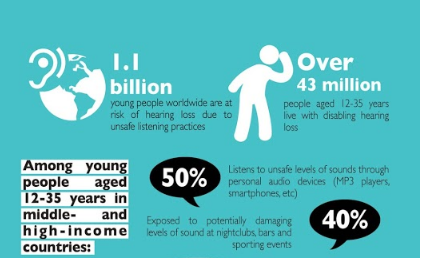
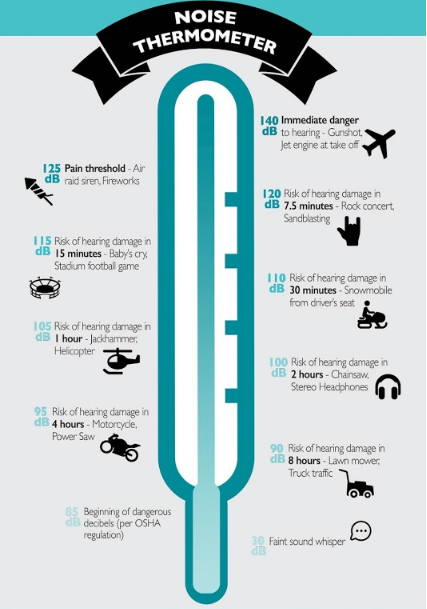
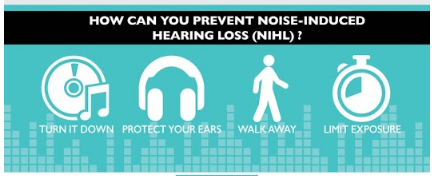
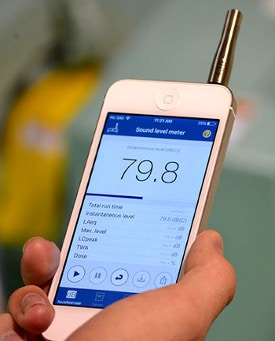

 include: widened market potential, compliance to procurement tenders, improved efficiency and cost savings, higher level of customer service, and therefore satisfaction, and heightened staff moral and motivation.
include: widened market potential, compliance to procurement tenders, improved efficiency and cost savings, higher level of customer service, and therefore satisfaction, and heightened staff moral and motivation.